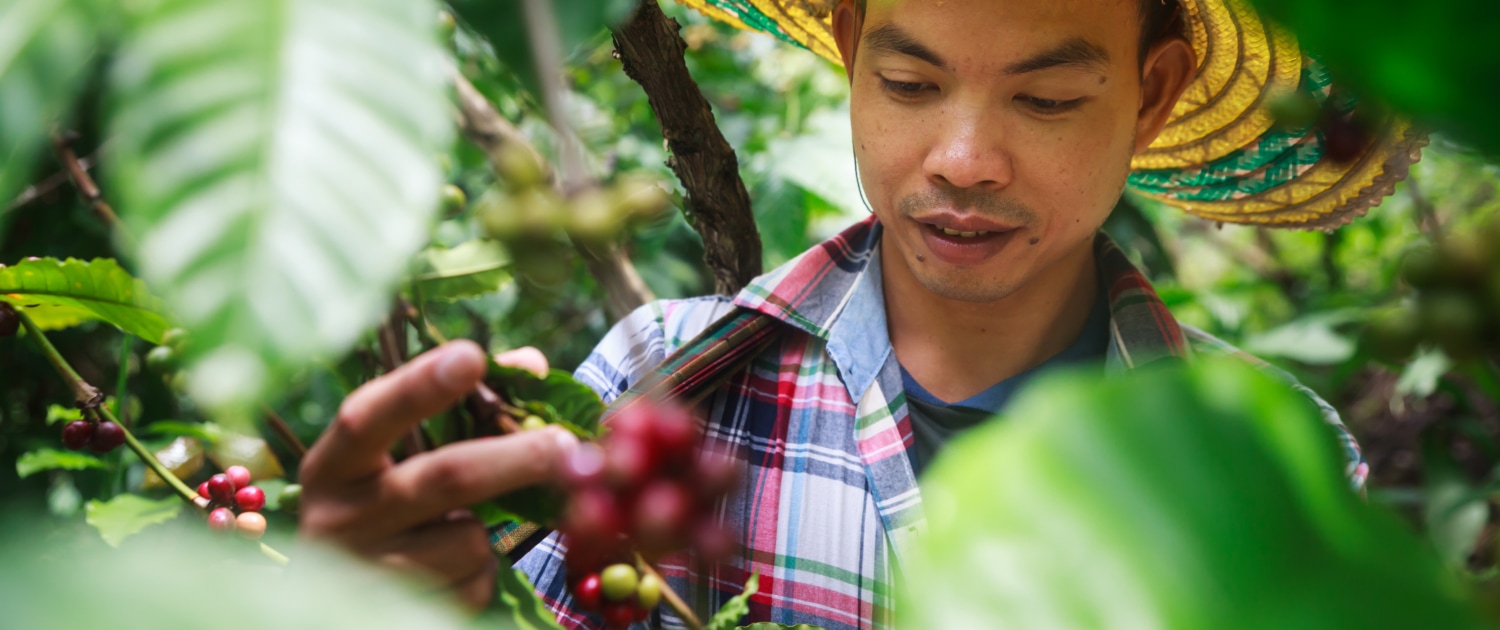What is Shade-Grown Coffee?
– Does it Make our Coffee Taste Better? –
Nowadays, you can literally find coffee at every street corner all around the world.
The empowering dark liquid is undoubtedly one of the most popular beverages in our society.
In fact, this fascinating drink comes with a lot of great health benefits. Many coffee lovers even say that it makes them happier and live longer.
Traditionally, farmers were commercially growing coffee under other trees. These trees were there to provide shade in a natural way.
Indeed, the coffee plant, in its natural state, very much prefers shade in the heat of the tropics.
However, the coffee industry went through a change in the 1970s. New sun-tolerant plants had been developed by then.
The goal was to yield higher production rates. And, farmers aimed this to make happen by producing larger yields through higher-density and open planting over huge areas of land.
Yes, this practice of open planting may be more profitable. But unfortunately, it is also completely unsustainable.
Firstly, it damages the land through overexposure to the sun. Secondly, this method has a measurable negative impact on the environment.
As a result, more and more farmers are switching back to the more sustainable concept of Shade-Grown Coffee.
But, what exactly is shade-grown coffee? What does it stand for? And, why may it be better for the environment and for our coffee culture in general?
Does shade-grown coffee also taste better and make our coffee better?
Let’s find out together.
Here is everything you need to know about Shade-Grown Coffee.
So, What is Shade Grown Coffee?
You probably have heard of movements such as Organic, Fair Trade and Rainforest Protection already.
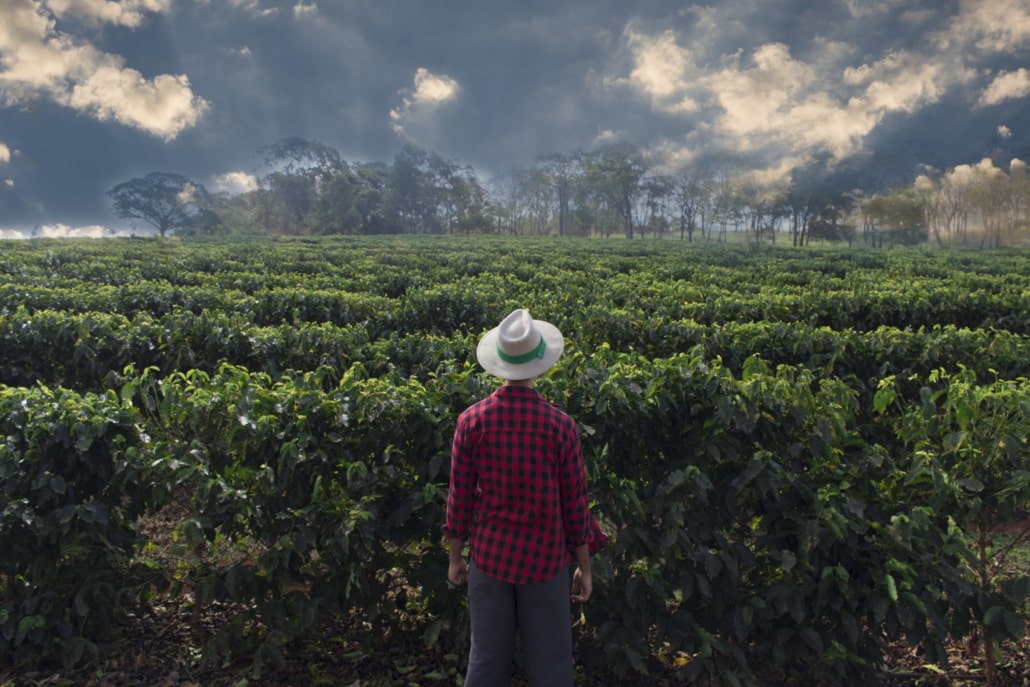
In fact, many well-established organizations like Fair Trade Certified, USDA Organic and Rainforest Alliance are actively pushing these movements and their goals forward.
Overall, these are all environmentally and ‘coffee-friendly’ concepts that most people are well aware of.
But, what is shade-grown coffee? And, how does it fit in there?
Some people may think that this topic is maybe less important. The improvement of general coffee farm working conditions or organic coffee growing methods might be more urgent instead.
However, it is at least equally important and deserves a lot more attention.
Shade-grown coffee is certainly a vital part of the entire coffee-growing process. It not only affects the beans themselves, but the entire ecosystem they are growing in.
The method of shade-grown coffee impacts the whole surrounding. For example, these include birds, trees, soil, leaves and much more.
And, that is why there is a return to traditional coffee farming. Many producers are switching back to the concept of Shade-Grown Coffee, nowadays.
How Does it Work?
In short, the concept and method is essentially a canopy of assorted types of shade trees. It is created to eventually cultivate shade-grown coffee.
Furthermore, the concept establishes principles of natural ecology. This is to actively promote and support ecological relationships.
Indeed, quite a lot of recent research is pointing out the direct relation between the structural complexity of a coffee plantation and the number of animal and plant species found in that area.
Essentially, the method of shade-grown coffee significantly increases biodiversity.
The farming method of shade-grown coffee suggests a forest-like structure of shaded coffee farms.
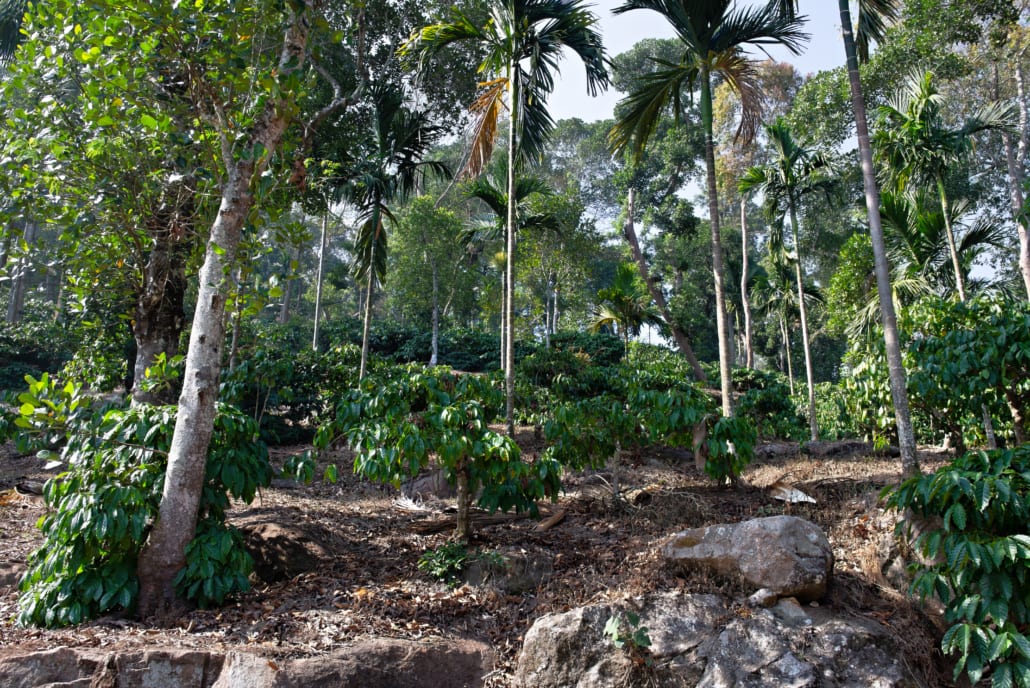
Furthermore, these farms will eventually provide a natural habitat for animals and plants. These include a great number of migratory and resident birds, reptiles, ants, butterflies, bats, plants and other organisms.
Therefore, our shade-grown coffee can also benefit from all of these natural factors.
Actually, the basic definition of shade-grown coffee is rather simple and pretty much straight forward. Basically, shade-grown coffee comes from coffee plants that are either partially or entirely growing in the shade.
As mentioned already, coffee plants naturally grow and thrive in the shade of other trees.
Since coffee mostly grows in tropical regions, this shade usually comes from a forest canopy with tall trees and a diverse habitat.
In general and when coffee plants are eventually fully grown up. They can easily reach the average height of human adults.
Typically, they will look like a beautiful, waxy green bush. Plus, the fully developed coffee plants will still be small enough to find cover and shade under much larger trees in a natural tropical surrounding.
So, you could actually say that the idea of shade-grown coffee simply stands for coffee, which has been grown in its natural setting.
Types and Levels of Shade-Grown Coffee Farms
Overall, coffee experts are categorizing five main types and levels of shade.
If we understand the various levels of growing coffee under shade, we can better determine the exact type when visiting a coffee plantation.
These five and most common categories show the entire range of growing methods. It starts from the most desirable and traditional growing methods. And ends with the supposedly least diverse but most modern and automated ones.
Rustic
- The rustic method is often used on smaller family-operated farms. Here, farmers are simply growing their coffee in the existing natural forest. Typically, there is little change of the native surrounding and its vegetation.
- Commonly, the tree species are quite diverse on rustic plantations. On average, you can find 25 different species of trees.
- Total level of shade cover => 70 – 100%
Traditional Polyculture
- On traditional polyculture farms, workers are growing their coffee under a combination of native forest trees and planted trees, as well as plant species. These include certain types of fruit and vegetables, which are used both by the farmer and to sell.
- Total level of shade cover => 60 – 90%
Commercial Polyculture
- For the commercial polyculture plantations, farmers are typically removing a great number of naturally grown trees. This is to eventually plant and increase the number of coffee plants on the farm.
- As a result, most of the remaining shade will be provided by planted timber and fruit trees then. In addition, farmers regularly prune and cut back any canopy trees. And, any other plants, called epiphytes, which naturally grow on other plants will be removed as well.
- Plus, farmers will use fertilizers and pesticides more often. This is due to the lack of vegetative and natural shade cover for their coffee plants. It helps to prevent loss of soil nutrients and more.
- In general, commercial polyculture farms only include two layers of vegetation. And, these would be planted canopy and the coffee plants themselves.
- Total level of shade cover => 30 – 60%
Shaded Monoculture
- On shaded monoculture coffee plantations, you can see a typical and very dense planting of coffee plants. And, these are growing under an overstory of only one or two tree species. Plus, these trees are heavily pruned on a regular basis.
- Additionally, any sort of epiphytes have entirely been removed.
- Total level of shade cover => 10 – 30%
Full Sun Exposure
- On fully sun-exposed coffee farms, there are no canopy trees at all anymore. Alternatively, you can at least find some single trees growing isolated here and there.
- Total level of shade cover => 0%
Quick Facts about Shade-Grown Coffee
Here are some quick key points when talking about shade-grown coffee and its impact on nature in general.
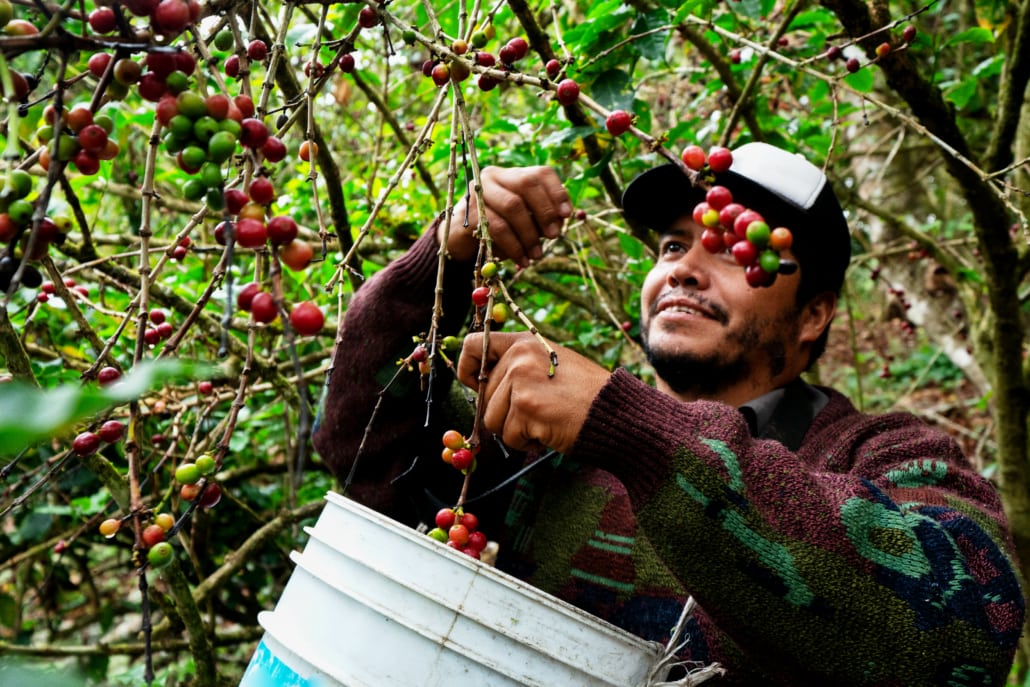
Plant Diversity
- On one single farm land, it typically helps plant diversity with 90 to 120 species of plants. And, 13 to 58 species of trees can nourish at the same time. In addition, the overall herb diversity is generally 3 to 4 times higher, too.
Insect Diversity
- The method of shade-grown coffee also increases insect diversity. In fact, you can find around 600 species of insects on a shade-grown coffee plantation site on average.
Bird Species Diversity
- Furthermore, the concept also helps both the native and migratory bird species diversity. For example, researchers found a total of 184 bird species on a single shade-grown coffee farm in Mexico. In comparison, you usually only find 6 to 12 bird species in unshaded coffee monocultures.
Mammal Diversity
- Additionally, shade-grown coffee also promotes mammal diversity. For example, scientists found 28 species of different mammals on a single farm in India alone.
Bee Population
- Plus, many more species of bees will be driven and attracted to shared polycultures. Usually, these polycultures such as shade-grown coffee farms have an increased variety of flowering plants in addition to coffee plants alone. One study on an Indonesian farm showed that the bee populations rose by 90% there.
Soil Protection
- Moreover, the practice of shade-grown coffee undoubtedly protects the farming soil. Firstly, the combination of canopy and midstory vegetation in shaded polycultures significantly helps to reduce soil erosion. On top, it also stabilizes soil ground such as steep, mountainous slopes.
- And, the average soil moisture is typically 42% higher compared to unshaded plantations.
- In addition, you can usually find remarkably less runoff of surface water in shaded plantations than in unshaded coffee farms.
Source of Carbon
- Lastly but certainly not least, shade-grown coffee plantations very much act as carbon sink. In fact, the same process will take place just like in natural forests.
- Namely, the carbon, which is isolated in a shade-grown coffee farm’s tree will naturally be stored in the tree trunks, limbs, leaves and roots of the foliage. As a result, the carbon is not being released into our atmosphere. Therefore, it cannot add to global warming.
So, in summary we can find greater densities of birds, mammals, plants, trees and insects at shade-grown coffee plantations.
The reason for such a rich diversity is most likely due to the very large quantity of bird-dispersed fruit trees, flowering plants and insects.
Plus, when you are farming organically, there are also no common pesticides being used. Hence, there is less risk to reduce and kill off any of the greater diversity of species.
In fact, it is this diversity and natural harmony thriving in shaded polycultures, which allows nature to establish and form more complex food webs for all living species on site.
Moreover, birds and mammals equally play an important role when it comes to natural pest control. Because they are eating many herbivorous insects.
It can be quite damaging when excluding any natural factors like birds or mammals from your coffee farms.
For example, a coffee plantation in Jamaica decided to exclude birds from its farm. This resulted in a rapid 70% increase in coffee berry borer pest infections into their coffee plants.
Another example comes from a coffee site in Puerto Rico. Here, the farmers chose to enclose their site with the goal to prevent any lizards from entering their farm.
However, this only resulted in an increase of leafminers. It is an insect, which is a serious threat and pest to any coffee plants.
All of this actually suggests that the concept of growing coffee on shade-grown farms is the most suitable and natural method to go with.
But what about other factors such as taste and pricing?
Does it Taste Better?
Overall, there is unfortunately not a lot of scientific data and research available.
Therefore, it is scientifically difficult to undoubtedly claim that shade-grown coffee is superior to other coffee. And, that it might also taste better then.
In favor of shade-grown coffee, people are typically using the main argument that the overall quality is better of shade-grown coffee beans.
Again, there is too little data to support one opinion over the other.
But generally speaking, shade-grown coffee plants tend to produce some very fine, high-quality beans. And, this results in great-tasting coffee.
The reason for commonly higher quality may be rather simple. Shade-grown coffee beans are growing the way they are supposed to grow. Namely, in a natural setting and therefore having the opportunity and surrounding resources of getting enough nutrients to properly thrive.
Many farmers, however, choose sun-grown coffee plants instead.
These coffee trees and their beans are exposed to direct sunlight all day. In consequence, the overall quality and taste may be worse. But, you can typically produce much more and therefore make more profits.
However, when it comes to better high-quality beans, there is a quite interesting study about migratory birds and their behavior.
Apparently, these birds instinctively know how to find the best coffee plantations. They will continue to return for the best coffee year after year. And, these are mostly shade-grown coffee farms.
Shade-Grown vs. Sun-Grown
Let us further investigate some of the benefits of shade-grown coffee.
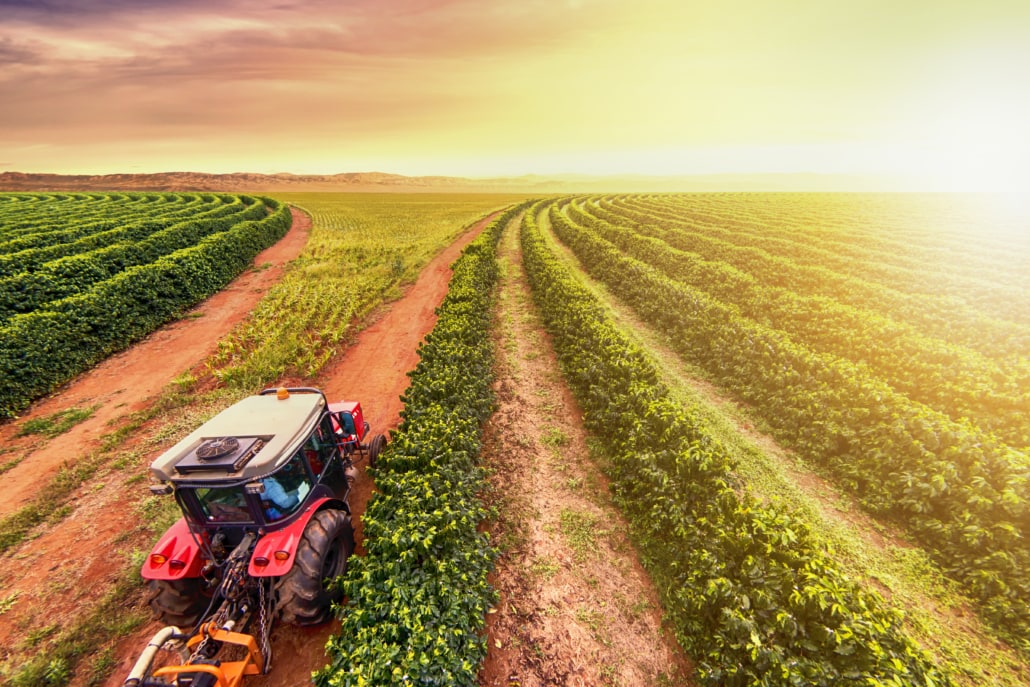
And, apart from the supposedly higher quality taste, it is best to compare this method in contrast to other options farmers can choose. For example, when farmers are deciding to grow their coffee in the sun instead.
What happens when a coffee farm abandons the natural process?
Well, this usually happens to simply produce higher quantities of coffee. And as a result, the plants often end up being entirely exposed in the sun.
This enables the farmers to grow coffee in massive quantities in an orderly, crop-like style.
However, when you are constantly exposing your coffee plants to the brutally hot sun, they unfortunately do not get the same level of needed nutrients. That is why farmers will additionally spray them with fertilizers and herbicides often times then.
In contrast, shade-grown coffee are naturally fertilized and nurtured by its surrounding.
Typically, this happens by dead leaves dropping from tall trees overhead. Therefore, you do not need to necessarily use any chemicals in this method.
What else can we say about sun-grown coffee?
Furthermore, when the entire plant growing process takes place in sunlight, it automatically forces an unnatural acceleration to the lifespan of your coffee plants.
In other words, sun-grown plants are dying quicker than their shade-grown counterparts.
On average, sun-grown coffee plants last for around 15 years. Whereas, shade-grown plants can commonly live for twice as long.
Can You Certify Shade-Grown Coffee?
It may surprise you, but shade-grown coffee is not a particularly structured and established movement yet.
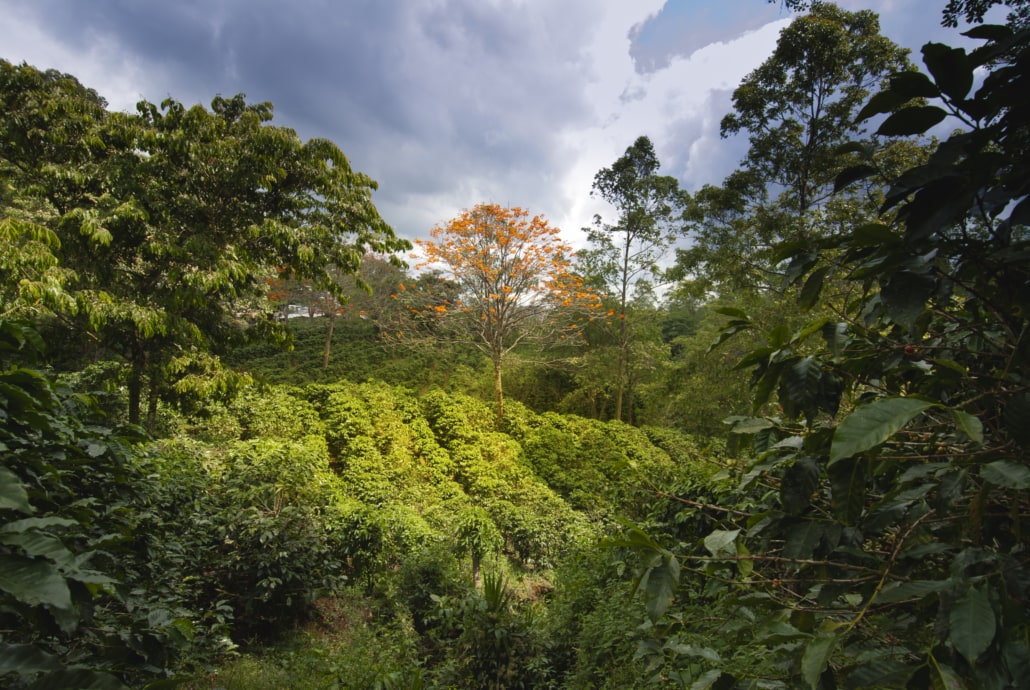
In fact, there is still no actual certification available for it.
So, there is no real set of standards for the coffee industry to possibly use as a guideline.
What does this mean for you and me?
For us consumers, it is still hard to therefore simply trust every shade-grown coffee product we may want to buy.
The only thing we can do is doing our own research about any label or product we are interested in. Like, what are the standards and commitments that this specific producer is using?
However, even though there may be no official certification yet, this doesn’t mean that there are no other measurements or guidelines we can use as reference and for our own information.
For instance, there are other places, where a ‘coffee-conscious consumer’ can look for.
A few other notable certifications include Organic, Fair Trade, and Bird Friendly, for example.
Bird Friendly Coffee
If you are looking for some kind of ‘shade-grown certification’, Bird Friendly Coffee will probably be the closest thing you can find.
The Smithsonian Migratory Bird Center has introduced the ‘Bird Friendly Label’ a few years ago.
It is based in Washington D.C. USA. And, it is practicing some of the most stringent requirements when it comes to coffee-growing environmental standards.
However, it is quite difficult finding coffee with this label. Especially, if you are not living in the United States.
Basically, the ‘Bird Friendly Label’ stands for coffee, which is grown in a forest providing at least 40% shade for the coffee plants.
So, many smaller coffee farms in more natural and rural areas around the world would fall under these criteria. For example, this is also the case for our coffee coming from farms with natural settings.
Furthermore, some coffee enthusiasts say that at least 40% of shade already helps to preserve the forest itself. Plus the wildlife and habitat that it naturally accommodates and maintains.
Some Frequently Asked Questions
Is Shade-Grown Coffee Better?
At the end of the day, it all depends on us and our very own coffee desires and preferences.
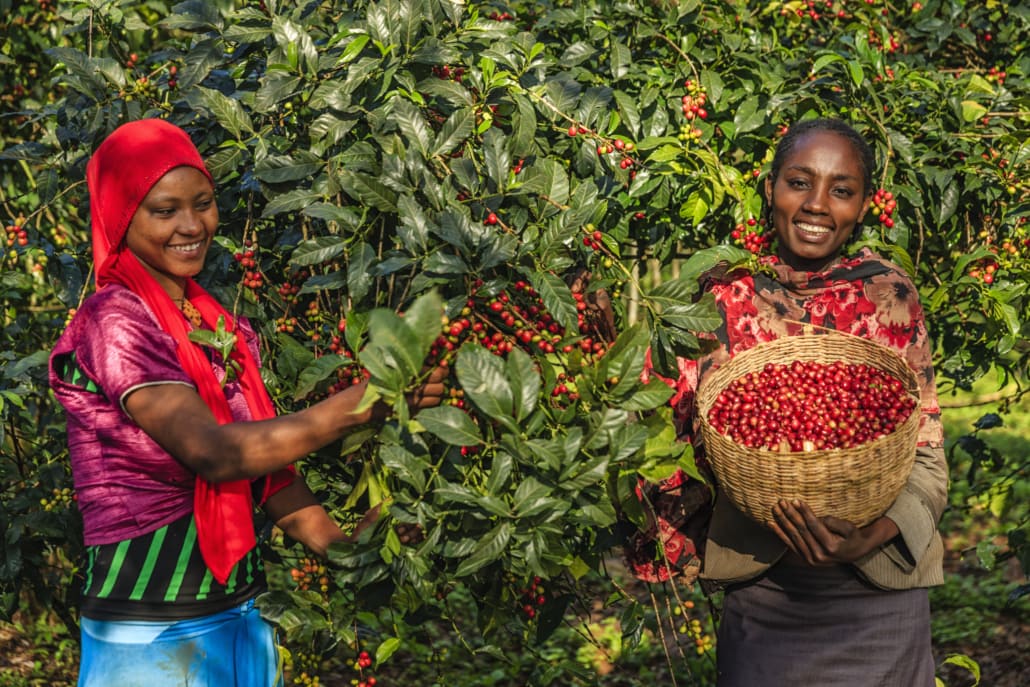
Nonetheless, many experts argue that shade-grown coffee is categorically better for the environment.
Because, the method typically requires little to no chemical fertilizers, pesticides and herbicides.
Plus, due to the trees growing and producing their coffee slower compared to sun-grown coffee. Many coffee enthusiasts believe that this results in superior and therefore better-quality coffee.
How Much Coffee Can a Tree Produce?
In general, an average coffee tree produces between 1 to 1 ½ pounds (about 1 kg) of coffee beans.
And, it roughly takes 2.000 coffee cherries (5 pounds or 2.3 kg) to eventually produce one pound (450 g) of coffee.
How Many Years Can A Coffee Tree Produce Fruits?
On average, a common coffee tree can yield fruits for approximately 25 years.
In addition, after planting a new tree, you need to wait between 4 to 5 years, until it produces its first fruits.
The Bottom Line
In summary, we can say that farmers are producing shade-grown coffee in a natural way under a forest roof.
The method may not be fully established and certified yet. But, it is definitely on the rise and gaining more popularity
When talking about shade-grown coffee, people usually associate it with a more eco-friendly approach. Plus, it is most likely producing higher-quality coffee beans.
So, what are your thoughts and comments on this topic?
Many people truly care about promoting and creating a more ethical, eco-friendly, sustainable and overall conscious coffee world. Hence, this topic and article about shade-grown coffee might be worth further sharing with others for you.
Even though it may be difficult to always follow all standards in coffee-growing nations like Thailand. But we, at Siam Hills Coffee, never stop improving our beloved coffee products in a best possible and sustainable way.
How about you?
Are you already buying shade-grown coffee? What are your experiences? Do you think that it tastes better and possibly has higher quality?
Is there a big difference compared to sun-grown coffee?
Feel free to share your thoughts and experiences with us.
Until then, stay safe, healthy and properly caffeinated.
Cheers!
Related Posts
 https://www.siamhillscoffee.com/wp-content/uploads/iStock-1074560652.jpg
1414
2121
Siamhillscoffee
https://www.siamhillscoffee.com/wp-content/uploads/coffee-logo.png
Siamhillscoffee2021-04-25 11:37:482021-04-25 11:37:488 Fascinating Facts About The History of Coffee – ‘A Drink For The Devil’ –
https://www.siamhillscoffee.com/wp-content/uploads/iStock-1074560652.jpg
1414
2121
Siamhillscoffee
https://www.siamhillscoffee.com/wp-content/uploads/coffee-logo.png
Siamhillscoffee2021-04-25 11:37:482021-04-25 11:37:488 Fascinating Facts About The History of Coffee – ‘A Drink For The Devil’ –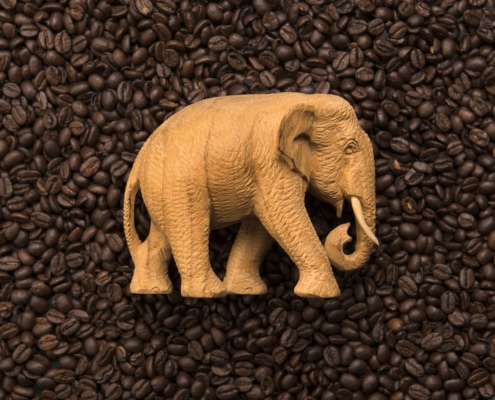 https://www.siamhillscoffee.com/wp-content/uploads/Elephant-coffee-–-The-new-luxury-coffee-–-How-great-is-it-1.jpg
1445
2075
Siamhillscoffee
https://www.siamhillscoffee.com/wp-content/uploads/coffee-logo.png
Siamhillscoffee2021-04-25 11:23:422021-04-25 11:23:42Elephant coffee – The new luxury coffee – How great is it?
https://www.siamhillscoffee.com/wp-content/uploads/Elephant-coffee-–-The-new-luxury-coffee-–-How-great-is-it-1.jpg
1445
2075
Siamhillscoffee
https://www.siamhillscoffee.com/wp-content/uploads/coffee-logo.png
Siamhillscoffee2021-04-25 11:23:422021-04-25 11:23:42Elephant coffee – The new luxury coffee – How great is it?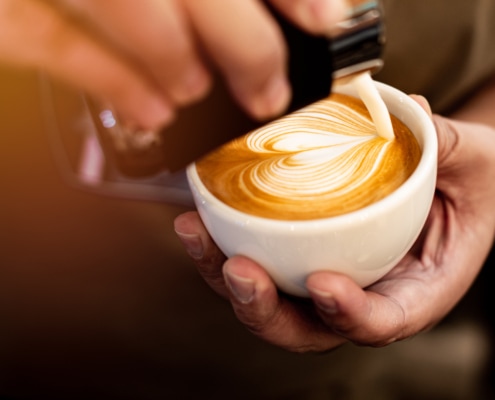 https://www.siamhillscoffee.com/wp-content/uploads/Is-Latte-Art-Good-or-Bad-–-Does-Latte-Art-Make-our-Coffee-Better-or-Worse-–-1.jpg
1412
2122
Siamhillscoffee
https://www.siamhillscoffee.com/wp-content/uploads/coffee-logo.png
Siamhillscoffee2021-04-25 10:57:092021-04-25 11:02:29Is Latte Art Good or Bad? – Does Latte Art Make our Coffee Better or Worse? –
https://www.siamhillscoffee.com/wp-content/uploads/Is-Latte-Art-Good-or-Bad-–-Does-Latte-Art-Make-our-Coffee-Better-or-Worse-–-1.jpg
1412
2122
Siamhillscoffee
https://www.siamhillscoffee.com/wp-content/uploads/coffee-logo.png
Siamhillscoffee2021-04-25 10:57:092021-04-25 11:02:29Is Latte Art Good or Bad? – Does Latte Art Make our Coffee Better or Worse? – https://www.siamhillscoffee.com/wp-content/uploads/Filter-Coffee-and-Espresso-–-What-is-the-Difference-–-1.jpg
1397
2146
Siamhillscoffee
https://www.siamhillscoffee.com/wp-content/uploads/coffee-logo.png
Siamhillscoffee2021-04-03 02:55:042021-04-03 02:55:04Filter Coffee and Espresso – What is the Difference? –
https://www.siamhillscoffee.com/wp-content/uploads/Filter-Coffee-and-Espresso-–-What-is-the-Difference-–-1.jpg
1397
2146
Siamhillscoffee
https://www.siamhillscoffee.com/wp-content/uploads/coffee-logo.png
Siamhillscoffee2021-04-03 02:55:042021-04-03 02:55:04Filter Coffee and Espresso – What is the Difference? –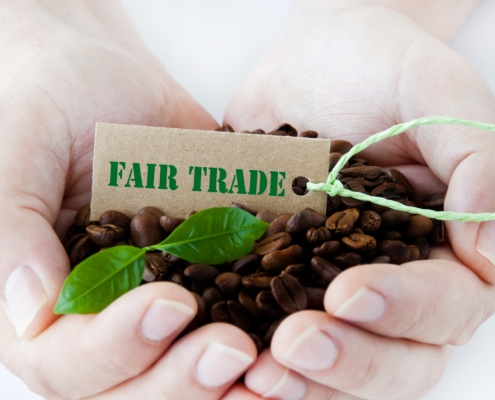 https://www.siamhillscoffee.com/wp-content/uploads/Coffee-and-Fair-Trade-–-Is-Fair-Trade-Coffee-Good-or-Bad-–-1.jpg
1414
2121
Siamhillscoffee
https://www.siamhillscoffee.com/wp-content/uploads/coffee-logo.png
Siamhillscoffee2021-03-21 04:14:092021-03-21 04:14:09Coffee and Fair Trade – Is Fair Trade Coffee Good or Bad? –
https://www.siamhillscoffee.com/wp-content/uploads/Coffee-and-Fair-Trade-–-Is-Fair-Trade-Coffee-Good-or-Bad-–-1.jpg
1414
2121
Siamhillscoffee
https://www.siamhillscoffee.com/wp-content/uploads/coffee-logo.png
Siamhillscoffee2021-03-21 04:14:092021-03-21 04:14:09Coffee and Fair Trade – Is Fair Trade Coffee Good or Bad? –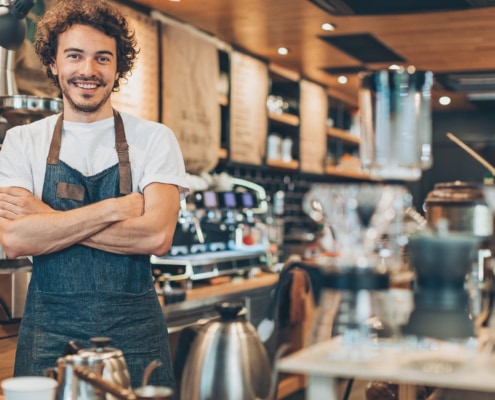 https://www.siamhillscoffee.com/wp-content/uploads/How-To-Open-A-Coffee-Shop-The-Coffee-Shop-Equipment-List-You-Need-1.jpg
1414
2121
Siamhillscoffee
https://www.siamhillscoffee.com/wp-content/uploads/coffee-logo.png
Siamhillscoffee2021-03-21 04:08:192021-03-21 04:08:19How To Open A Coffee Shop – The Coffee Shop Equipment List You Need
https://www.siamhillscoffee.com/wp-content/uploads/How-To-Open-A-Coffee-Shop-The-Coffee-Shop-Equipment-List-You-Need-1.jpg
1414
2121
Siamhillscoffee
https://www.siamhillscoffee.com/wp-content/uploads/coffee-logo.png
Siamhillscoffee2021-03-21 04:08:192021-03-21 04:08:19How To Open A Coffee Shop – The Coffee Shop Equipment List You Need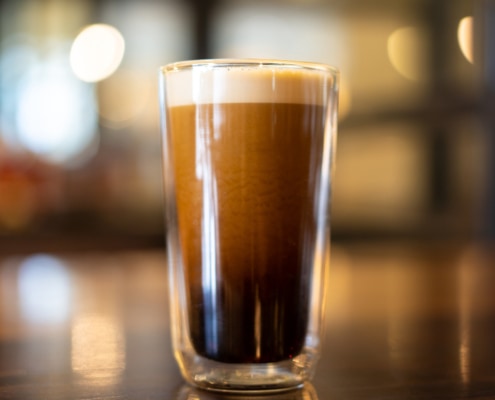 https://www.siamhillscoffee.com/wp-content/uploads/Beer-Coffee-Everybodys-Dream-Come-True-–-1.jpg
1414
2121
Siamhillscoffee
https://www.siamhillscoffee.com/wp-content/uploads/coffee-logo.png
Siamhillscoffee2021-03-14 03:21:082021-03-14 03:21:08Beer Coffee – Everybody’s Dream Come True –
https://www.siamhillscoffee.com/wp-content/uploads/Beer-Coffee-Everybodys-Dream-Come-True-–-1.jpg
1414
2121
Siamhillscoffee
https://www.siamhillscoffee.com/wp-content/uploads/coffee-logo.png
Siamhillscoffee2021-03-14 03:21:082021-03-14 03:21:08Beer Coffee – Everybody’s Dream Come True –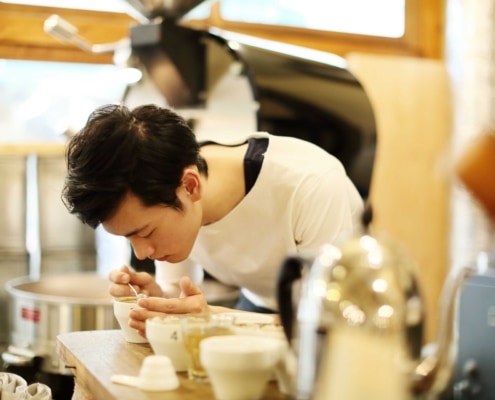 https://www.siamhillscoffee.com/wp-content/uploads/Coffee-Cupping-–-How-to-Professionally-Taste-Coffee-–-1-scaled.jpg
1707
2560
Siamhillscoffee
https://www.siamhillscoffee.com/wp-content/uploads/coffee-logo.png
Siamhillscoffee2021-02-20 05:38:122021-03-03 10:43:47Coffee Cupping – How to Professionally Taste Coffee –
https://www.siamhillscoffee.com/wp-content/uploads/Coffee-Cupping-–-How-to-Professionally-Taste-Coffee-–-1-scaled.jpg
1707
2560
Siamhillscoffee
https://www.siamhillscoffee.com/wp-content/uploads/coffee-logo.png
Siamhillscoffee2021-02-20 05:38:122021-03-03 10:43:47Coffee Cupping – How to Professionally Taste Coffee –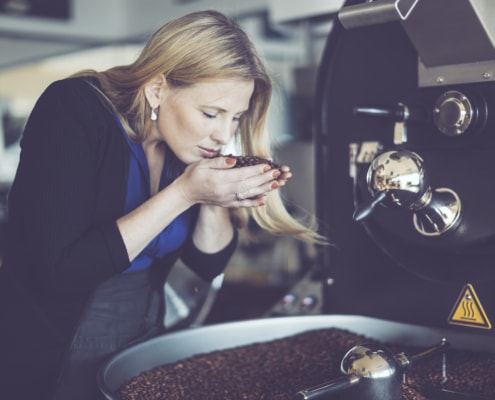 https://www.siamhillscoffee.com/wp-content/uploads/What-is-Coffee-Roasting-–-Everything-You-Need-to-Know-–-1.jpg
1414
2121
Siamhillscoffee
https://www.siamhillscoffee.com/wp-content/uploads/coffee-logo.png
Siamhillscoffee2021-02-20 05:19:592021-03-03 10:49:15What is Coffee Roasting? – Everything You Need to Know –
https://www.siamhillscoffee.com/wp-content/uploads/What-is-Coffee-Roasting-–-Everything-You-Need-to-Know-–-1.jpg
1414
2121
Siamhillscoffee
https://www.siamhillscoffee.com/wp-content/uploads/coffee-logo.png
Siamhillscoffee2021-02-20 05:19:592021-03-03 10:49:15What is Coffee Roasting? – Everything You Need to Know –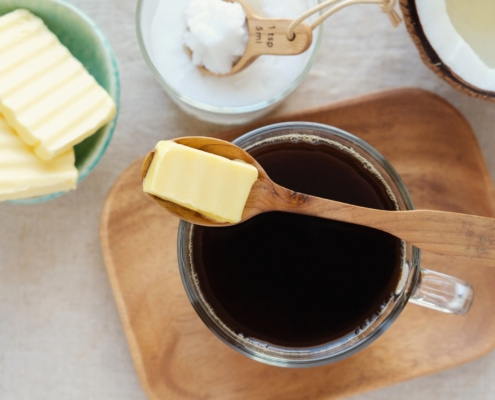 https://www.siamhillscoffee.com/wp-content/uploads/Butter-Coffee-Myths-versus-Facts-–-1.jpg
1414
2121
Siamhillscoffee
https://www.siamhillscoffee.com/wp-content/uploads/coffee-logo.png
Siamhillscoffee2021-02-20 05:14:182021-03-03 10:50:40Butter Coffee – Myths versus Facts –
https://www.siamhillscoffee.com/wp-content/uploads/Butter-Coffee-Myths-versus-Facts-–-1.jpg
1414
2121
Siamhillscoffee
https://www.siamhillscoffee.com/wp-content/uploads/coffee-logo.png
Siamhillscoffee2021-02-20 05:14:182021-03-03 10:50:40Butter Coffee – Myths versus Facts –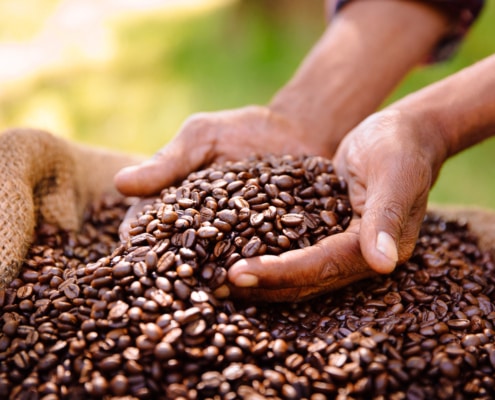 https://www.siamhillscoffee.com/wp-content/uploads/What-is-Specialty-Coffee-–-Everything-You-Need-to-Know-–-1-1.jpg
1414
2121
Siamhillscoffee
https://www.siamhillscoffee.com/wp-content/uploads/coffee-logo.png
Siamhillscoffee2021-02-20 05:10:372021-03-03 10:51:58What is Specialty Coffee? – Everything You Need to Know –
https://www.siamhillscoffee.com/wp-content/uploads/What-is-Specialty-Coffee-–-Everything-You-Need-to-Know-–-1-1.jpg
1414
2121
Siamhillscoffee
https://www.siamhillscoffee.com/wp-content/uploads/coffee-logo.png
Siamhillscoffee2021-02-20 05:10:372021-03-03 10:51:58What is Specialty Coffee? – Everything You Need to Know –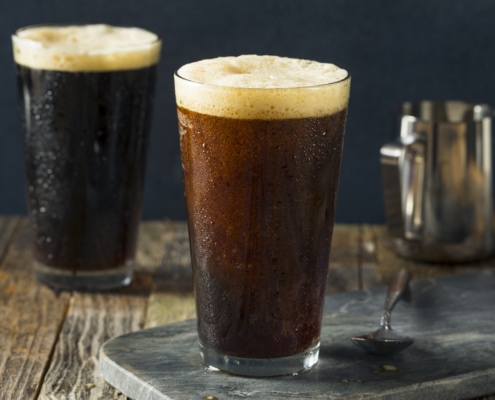 https://www.siamhillscoffee.com/wp-content/uploads/Nitro-Coffee-The-New-Big-Coffee-Trend-–-1.jpg
1414
2121
Siamhillscoffee
https://www.siamhillscoffee.com/wp-content/uploads/coffee-logo.png
Siamhillscoffee2021-02-20 05:03:032021-03-03 10:53:11Nitro Coffee – The New Big Coffee Trend –
https://www.siamhillscoffee.com/wp-content/uploads/Nitro-Coffee-The-New-Big-Coffee-Trend-–-1.jpg
1414
2121
Siamhillscoffee
https://www.siamhillscoffee.com/wp-content/uploads/coffee-logo.png
Siamhillscoffee2021-02-20 05:03:032021-03-03 10:53:11Nitro Coffee – The New Big Coffee Trend – https://www.siamhillscoffee.com/wp-content/uploads/Make-Your-Coffee-Healthy-–-Best-10-Ways-For-A-Better-Coffee-Experience-–-1.jpg
1414
2121
Siamhillscoffee
https://www.siamhillscoffee.com/wp-content/uploads/coffee-logo.png
Siamhillscoffee2021-02-12 08:13:182021-03-03 10:57:16Make Your Coffee Healthy – Best 10 Ways For A Better Coffee Experience –
https://www.siamhillscoffee.com/wp-content/uploads/Make-Your-Coffee-Healthy-–-Best-10-Ways-For-A-Better-Coffee-Experience-–-1.jpg
1414
2121
Siamhillscoffee
https://www.siamhillscoffee.com/wp-content/uploads/coffee-logo.png
Siamhillscoffee2021-02-12 08:13:182021-03-03 10:57:16Make Your Coffee Healthy – Best 10 Ways For A Better Coffee Experience – https://www.siamhillscoffee.com/wp-content/uploads/Decaf-Coffee-–-Is-Decaffeinated-Coffee-Good-or-Bad-–-1.jpg
1415
2120
Siamhillscoffee
https://www.siamhillscoffee.com/wp-content/uploads/coffee-logo.png
Siamhillscoffee2021-02-12 07:57:572021-03-03 11:01:42Decaf Coffee – Is Decaffeinated Coffee Good or Bad? –
https://www.siamhillscoffee.com/wp-content/uploads/Decaf-Coffee-–-Is-Decaffeinated-Coffee-Good-or-Bad-–-1.jpg
1415
2120
Siamhillscoffee
https://www.siamhillscoffee.com/wp-content/uploads/coffee-logo.png
Siamhillscoffee2021-02-12 07:57:572021-03-03 11:01:42Decaf Coffee – Is Decaffeinated Coffee Good or Bad? – https://www.siamhillscoffee.com/wp-content/uploads/We-Love-Coffee-–-10-Best-Reasons-Why-Coffee-is-Good-For-You-1-scaled.jpg
1707
2560
Siamhillscoffee
https://www.siamhillscoffee.com/wp-content/uploads/coffee-logo.png
Siamhillscoffee2021-02-12 07:43:082021-03-03 11:05:47We Love Coffee – 10 Best Reasons Why Coffee is Good For You –
https://www.siamhillscoffee.com/wp-content/uploads/We-Love-Coffee-–-10-Best-Reasons-Why-Coffee-is-Good-For-You-1-scaled.jpg
1707
2560
Siamhillscoffee
https://www.siamhillscoffee.com/wp-content/uploads/coffee-logo.png
Siamhillscoffee2021-02-12 07:43:082021-03-03 11:05:47We Love Coffee – 10 Best Reasons Why Coffee is Good For You –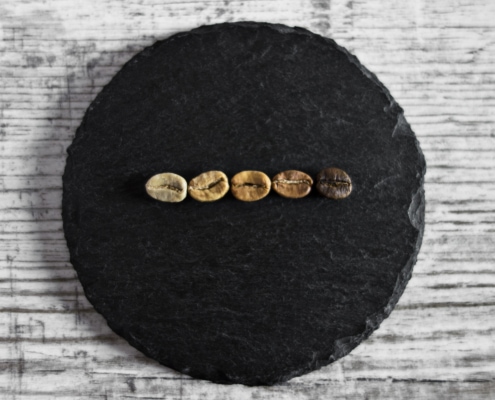 https://www.siamhillscoffee.com/wp-content/uploads/Coffee-Roast-Levels-1-scaled.jpg
1707
2560
Siamhillscoffee
https://www.siamhillscoffee.com/wp-content/uploads/coffee-logo.png
Siamhillscoffee2021-02-12 06:58:112021-03-03 11:44:54Coffee Roast Levels – The Differences Between Light, Medium and Dark Roasts –
https://www.siamhillscoffee.com/wp-content/uploads/Coffee-Roast-Levels-1-scaled.jpg
1707
2560
Siamhillscoffee
https://www.siamhillscoffee.com/wp-content/uploads/coffee-logo.png
Siamhillscoffee2021-02-12 06:58:112021-03-03 11:44:54Coffee Roast Levels – The Differences Between Light, Medium and Dark Roasts –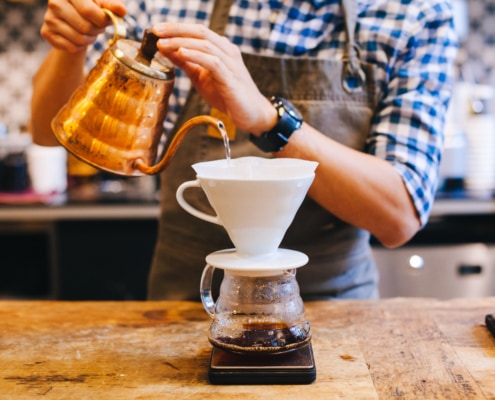 https://www.siamhillscoffee.com/wp-content/uploads/What-is-a-Filter-Coffee-–-A-Complete-Guide-–-1-scaled.jpg
1707
2560
Siamhillscoffee
https://www.siamhillscoffee.com/wp-content/uploads/coffee-logo.png
Siamhillscoffee2021-02-12 06:44:562021-03-03 11:48:24What is a Filter Coffee? – A Complete Guide –
https://www.siamhillscoffee.com/wp-content/uploads/What-is-a-Filter-Coffee-–-A-Complete-Guide-–-1-scaled.jpg
1707
2560
Siamhillscoffee
https://www.siamhillscoffee.com/wp-content/uploads/coffee-logo.png
Siamhillscoffee2021-02-12 06:44:562021-03-03 11:48:24What is a Filter Coffee? – A Complete Guide –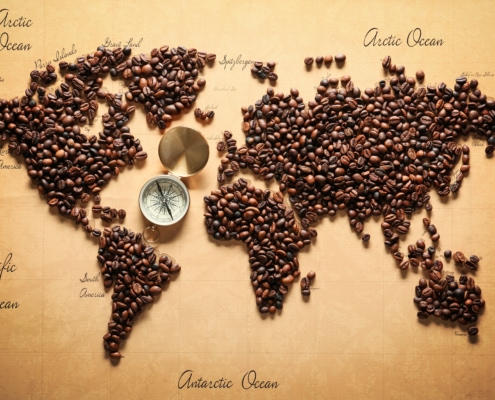 https://www.siamhillscoffee.com/wp-content/uploads/History-of-Coffee-1-scaled.jpg
1707
2560
Siamhillscoffee
https://www.siamhillscoffee.com/wp-content/uploads/coffee-logo.png
Siamhillscoffee2021-02-12 05:47:432021-03-03 11:53:23History of Coffee – Where it Comes From and Conquered the World –
https://www.siamhillscoffee.com/wp-content/uploads/History-of-Coffee-1-scaled.jpg
1707
2560
Siamhillscoffee
https://www.siamhillscoffee.com/wp-content/uploads/coffee-logo.png
Siamhillscoffee2021-02-12 05:47:432021-03-03 11:53:23History of Coffee – Where it Comes From and Conquered the World –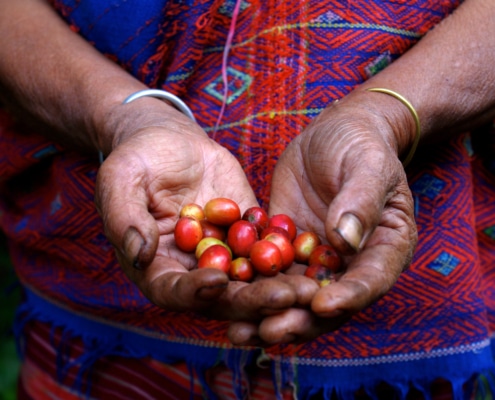 https://www.siamhillscoffee.com/wp-content/uploads/Fair-Trade-Coffee-–-What-Does-it-Really-Mean-1-scaled.jpg
1714
2560
Siamhillscoffee
https://www.siamhillscoffee.com/wp-content/uploads/coffee-logo.png
Siamhillscoffee2021-02-12 05:30:322021-03-03 11:57:01Fair Trade Coffee – What Does it Really Mean? –
https://www.siamhillscoffee.com/wp-content/uploads/Fair-Trade-Coffee-–-What-Does-it-Really-Mean-1-scaled.jpg
1714
2560
Siamhillscoffee
https://www.siamhillscoffee.com/wp-content/uploads/coffee-logo.png
Siamhillscoffee2021-02-12 05:30:322021-03-03 11:57:01Fair Trade Coffee – What Does it Really Mean? –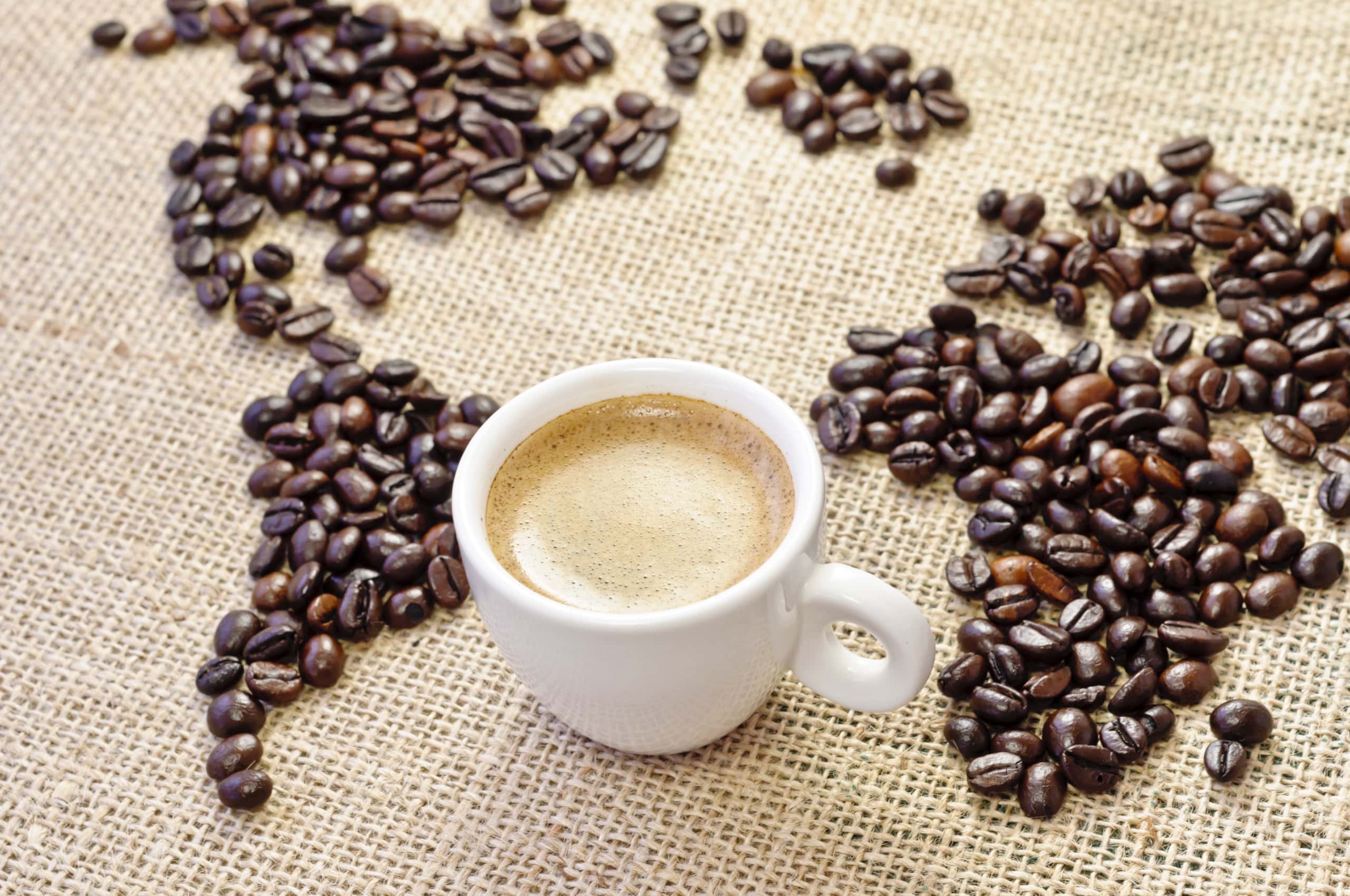 https://www.siamhillscoffee.com/wp-content/uploads/A-Coffee-Journey-–-10-Steps-From-the-Seed-to-Your-Cup-–-1-scaled.jpg
1700
2560
Siamhillscoffee
https://www.siamhillscoffee.com/wp-content/uploads/coffee-logo.png
Siamhillscoffee2021-02-12 02:31:102021-02-20 14:09:30A Coffee Journey – 10 Steps From the Seed to Your Cup –
https://www.siamhillscoffee.com/wp-content/uploads/A-Coffee-Journey-–-10-Steps-From-the-Seed-to-Your-Cup-–-1-scaled.jpg
1700
2560
Siamhillscoffee
https://www.siamhillscoffee.com/wp-content/uploads/coffee-logo.png
Siamhillscoffee2021-02-12 02:31:102021-02-20 14:09:30A Coffee Journey – 10 Steps From the Seed to Your Cup –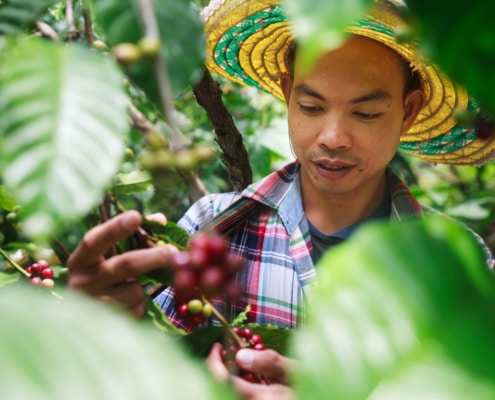 https://www.siamhillscoffee.com/wp-content/uploads/What-is-Shade-Grown-Coffee-–-Does-it-Make-our-Coffee-Taste-Better-–-1-scaled.jpg
1707
2560
Siamhillscoffee
https://www.siamhillscoffee.com/wp-content/uploads/coffee-logo.png
Siamhillscoffee2021-02-12 02:15:222021-03-03 13:36:34What is Shade-Grown Coffee? – Does it Make our Coffee Taste Better? –
https://www.siamhillscoffee.com/wp-content/uploads/What-is-Shade-Grown-Coffee-–-Does-it-Make-our-Coffee-Taste-Better-–-1-scaled.jpg
1707
2560
Siamhillscoffee
https://www.siamhillscoffee.com/wp-content/uploads/coffee-logo.png
Siamhillscoffee2021-02-12 02:15:222021-03-03 13:36:34What is Shade-Grown Coffee? – Does it Make our Coffee Taste Better? – https://www.siamhillscoffee.com/wp-content/uploads/Cold_Brew_Coffee_An_Honest_Opinion_All_You_Need_To_Know_1.jpg
3144
4608
Siamhillscoffee
https://www.siamhillscoffee.com/wp-content/uploads/coffee-logo.png
Siamhillscoffee2019-11-06 05:01:152021-03-03 13:30:17Cold Brew Coffee – An Honest Opinion – All You Need to Know
https://www.siamhillscoffee.com/wp-content/uploads/Cold_Brew_Coffee_An_Honest_Opinion_All_You_Need_To_Know_1.jpg
3144
4608
Siamhillscoffee
https://www.siamhillscoffee.com/wp-content/uploads/coffee-logo.png
Siamhillscoffee2019-11-06 05:01:152021-03-03 13:30:17Cold Brew Coffee – An Honest Opinion – All You Need to Know https://www.siamhillscoffee.com/wp-content/uploads/Do-Coffee-Drinkers-Live-Longer-Siam-Hills-Coffee-Blog.jpg
3141
3170
Siamhillscoffee
https://www.siamhillscoffee.com/wp-content/uploads/coffee-logo.png
Siamhillscoffee2019-05-20 04:45:512021-03-03 12:42:18Do Coffee Drinkers Live Longer?
https://www.siamhillscoffee.com/wp-content/uploads/Do-Coffee-Drinkers-Live-Longer-Siam-Hills-Coffee-Blog.jpg
3141
3170
Siamhillscoffee
https://www.siamhillscoffee.com/wp-content/uploads/coffee-logo.png
Siamhillscoffee2019-05-20 04:45:512021-03-03 12:42:18Do Coffee Drinkers Live Longer?
